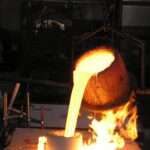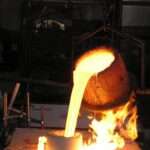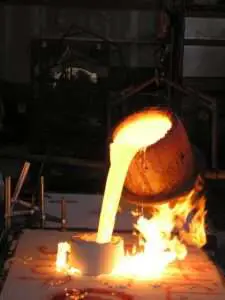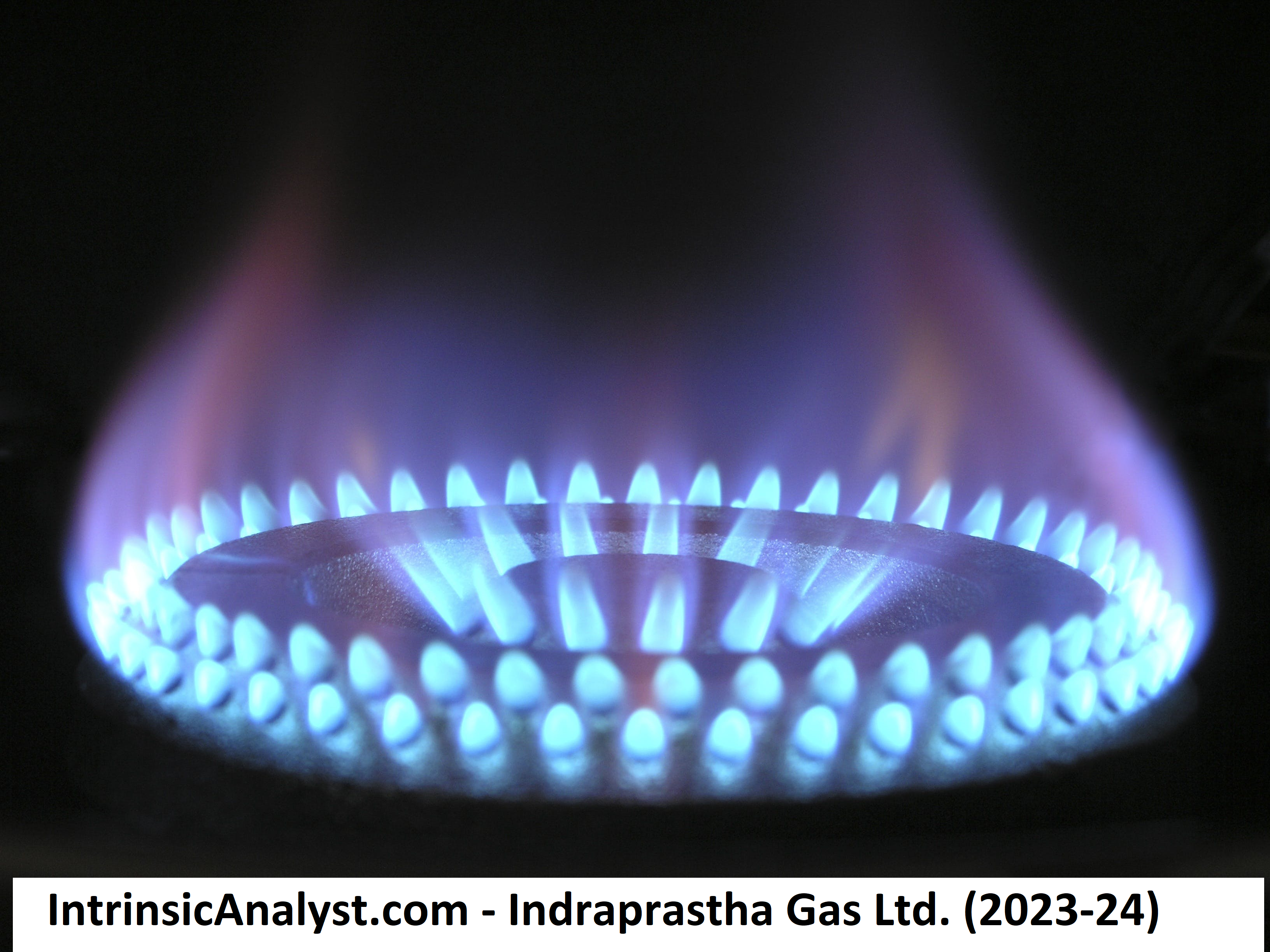
Fundamental Analysis And Intrinsic Value Of Indraprastha Gas Ltd.(2023-24)
In this article we will try to analyze Indraprastha Gas Ltd. based on previous six years of financial statements viz Balance sheet, Profit and Loss statement and Cash flow statement. With this fundamental analysis we will try to gain insight into the business activities, financial health, operating efficiency and profitability of the company and finally try to derive the intrinsic value of the stock using Discounted Cash Flow method and the price at which the stock becomes attractive for long term investment. This article is divided in three sections as listed below :-
Section 1: Qualitative Fundamental Analysis comprising of General Introduction, Business overview dwelling into Business Model, Strengths and Weakness, Long Term Sustainability and finally the competitors.
Section 2:Quantitative Fundamental Analysis on Financial Health, Operating Efficiency And Profitability.
Section 3: Calculation Of Intrinsic Value.
General Introduction
Dated: 22 Nov 23
Company: Indraprastha Gas Ltd.
CMP: Rs. 391.60
Market Capitalisation: Rs. 27,412.03 Cr.
Share Holding Pattern:
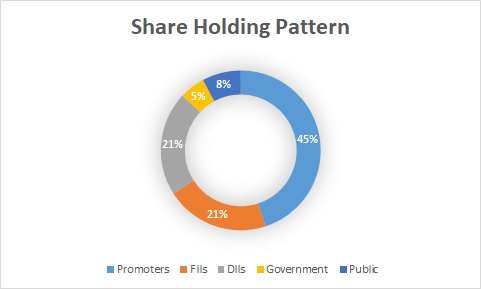
Promoters: Gail India Ltd. and Bharat Petroleum Ltd.
Top Five Competitors: Adani Total Gas Ltd., Petronet LNG Ltd., Gujarat Gas Ltd., Gujarat State Petronet Ltd. And Mahanagar Gas Ltd.
General Introduction:
Indraprastha Gas Ltd. was established in 1998 and is in the business of city gas distribution and supply of compressed natural gas for vehicles in National Capital Territory of Delhi. It is a joint venture between GAIL India Ltd. and Bharat Petroleum Corporation Ltd. The Government of NCT of Delhi holds 5% equity. It supplies natural gas as piped natural gas(PNG) for households, commercial and industrial needs and compressed natural gas(CNG).
Business Overview:
As stated earlier the company is in the business of supplying natural gas in the form of CNG (Compressed Natural Gas) for vehicles and PNG (Piped Natural Gas) for households, commercial and industrial requirements. It has a strong network of 792 gas stations in the NCT region through which it meets the requirement of about 17 lakh vehicles. It has also issued prepaid cards to vehicle owners to promote digital payment and loyalty. About 1,75,000 cards are issued and 1.9 lakh vehicles are listed under the scheme. For the distribution of PNG the company has a huge infrastructure consisting of about 1868 Kms of steel pipeline network and about 17240 kms of MDPE pipe network catering to the needs of about 23.7 lakhs households, 3913 commercial customers and 5108 industrial customers.
The company distributes CNG through its strong network of 792 gas stations and this contributes to about 75% of its revenues. It is also a reason of concern as the company is overly dependent on single product type for its revenue. The matter is all the more concerning since EVs pose a threat to CNG as much as it does to Diesel and Petrol vehicles. So looking out at a long term horizon of 20 to 30 years this over dependency on CNG can prove to be detrimental. The company has rightly identified this threat and has initiated few steps to become a part of the EV value chain by way of setting up EV charging stations at its gas stations. However, it is imperative to note that the company’s efforts during this period have been insufficient in effectively mitigating the challenge of over dependence on CNG and positioning itself adequately for the forthcoming EV evolution.
****************************************************
Fundamental Analysis Of Indraprastha Gas Ltd.
Leverage Ratios




Observations:
- The company is operating with no debt.
Operating Ratios




Observations:
- Receivable turnove ratio has seen has decline during this period indicating that the company is extending its line of credit to capture new clients.
Profitability Ratios







Observations:
- Company is able to achieve a good PAT margin, however, it has seen a decline during the period under observation. EBITDA margins have also shrunk during the same period indicating competition in the industry.
- Other ratios have remained almost stable during the period.
****************************************************
Intrinsic Value of Indraprastha Gas Ltd.
Before we enter into the calculation of Intrinsic value of Indraprastha Gas Ltd. we have to make some logical assumptions based on the previous six years financial statements and ongoing yield for 30y Government Of India bonds.
Assumptions:
- Terminal growth rate is assumed to be 0%.
- Weighted Average Cost of Capital(WACC) is assumed to be 12%.
- Free cash flow will be 16% of revenues in future. The FCF/Revenue ratio for the period under consideration has an average of 0.16. We assume that this ratio will hold good for future.
Based on the above assumptions we have arrived at two levels as intrinsic value of the firm. One is based on extrapolation of Free Cash Flow and the other is based on Free cash flows derived from extrapolated values of revenues. Both the methods only differ in how the input values are derived; in both the cases the present value is arrived at using Discounted Cash Flow Method.
Free Cash Flow Growth Model
Intrinsic Value: Rs. 188.41
Stock Entry price with 25% margin of safety: Rs. 141.31
Revenue Growth Model
Intrinsic Value: Rs. 322.5
Stock Entry price with 25% margin of safety: Rs. 241.87
The intrinsic values arrived above are not the same since the Free Cash Flow model considers a pessimistic starting base value of present free cash flow for extrapolation whereas the Revenue Growth model takes the actual point on the extrapolation line for the current year. The average of the above two stock entry prices works out to be Rs. 191.51. When the stock starts trading below this price it becomes attractive for long term investment. This value is valid till the next financial year results are published or some major fundamental change takes place in the company.
****************************************************
Author
Jibu Dharmapalan
Fundamental Analyst
Disclaimer:
This article is for educational purpose only. Investment in securities market is subject to market risks. Please consult your Financial Advisor before investing.
If You Like This Content 👇👇👇
Click Here To Join Us on Facebook For Free Live Interactive Discussion And Learning
References:
https://www.bseindia.com/stock-share-price/indraprastha-gas-ltd/igl/532514/financials-annual-reports/https://www.bseindia.com/stock-share-price/indraprastha-gas-ltd/igl/532514/financials-annual-reports/
https://www.iglonline.net/annual-reports
Click Here for Home
FAQs
What is Intrinsic Value?
Ans: When someone invests in an asset, he does so in order to earn money from the business. The investor gets paid over a period of time as long as he is invested in the asset. Now intrinsic value is the present value of all such future cash flows generated by the asset. So logically one should not invest in any asset if the ask price is more than the intrinsic value of the asset.
How is Intrinsic Value of a company calculated?
Ans: For calculating the intrinsic value of a company all its future cash flows are extrapolated based on the past performance of the company, assumptions about the future growth of the company and its terminal value. Once all these are calculated these are brought to the present date based on appropriate discounting rate. The sum of all these gives the intrinsic value of the company. It may be more or less than the market capitalization of the company. If it is more than the market capitalization of the company then the company is said to be undervalued and is a good bet as a long-term investment and vice versa.
How is Intrinsic Value of a share calculated?
Ans: Once intrinsic value of a company is calculated as explained above, it is divided by the total number of outstanding shares of the company. This gives the intrinsic value of a share.
What is Discounted Cash Flow?
Ans: When we have cash flows that are spread over a period of time then Discounted Cash Flow method is used to calculate present value of all such cash flows. The present value depends on the discounting rate used. Usually 10 year Government bond yield rate(risk free rate of return) is used as the discounting rate.
